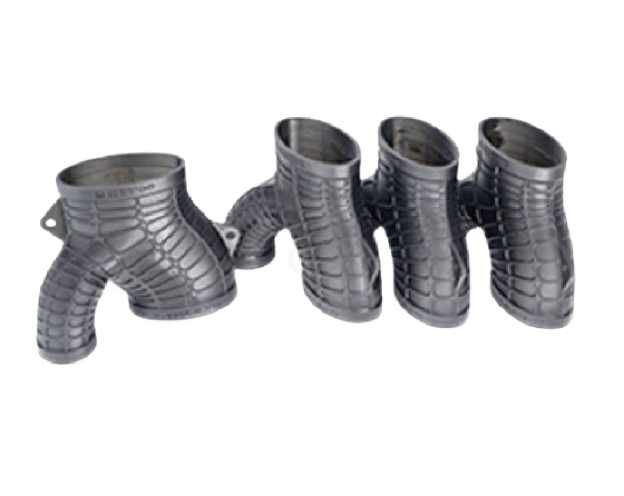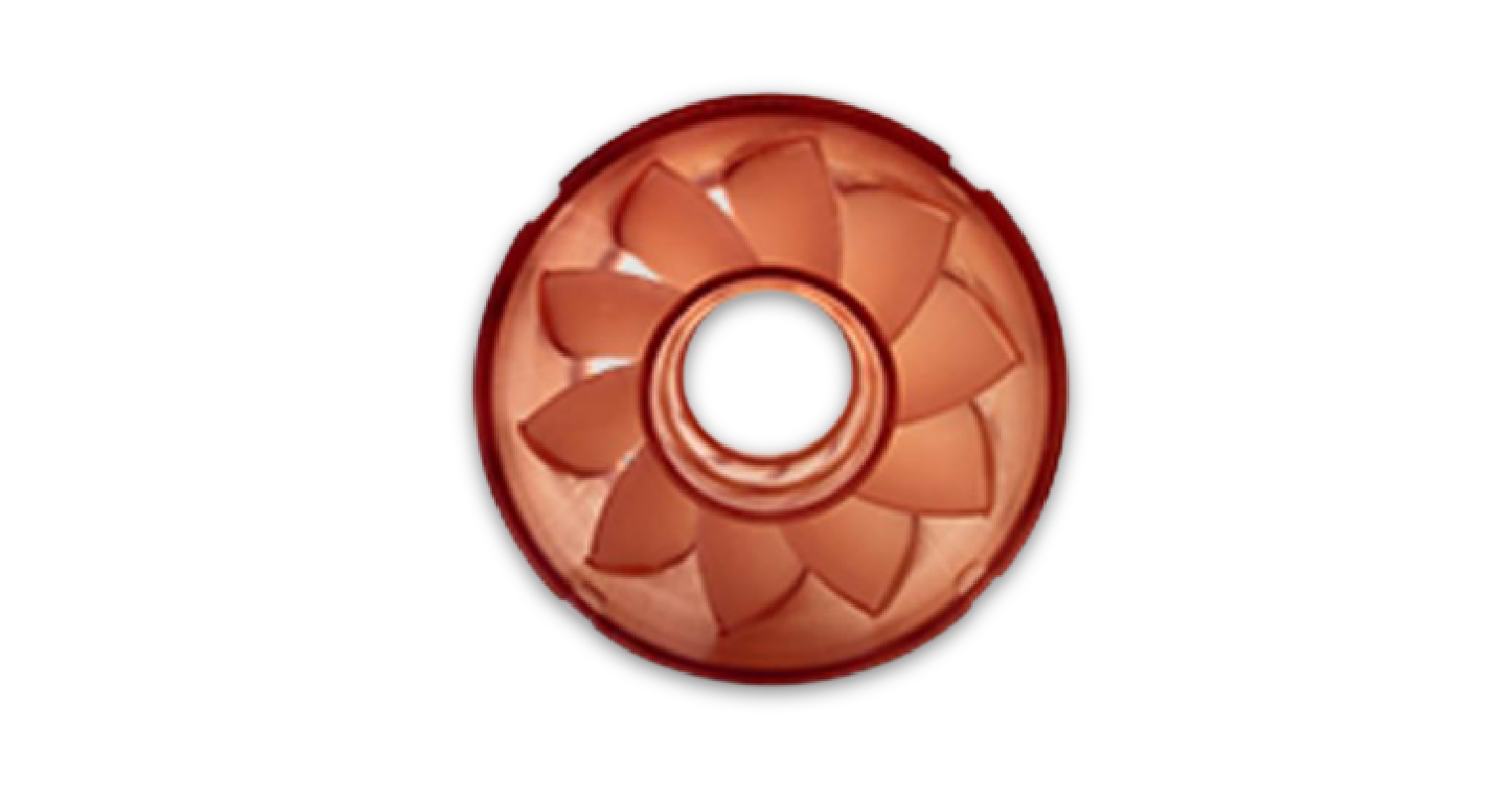FIGURE 4® HI TEMP 300-AMB
Industry-leading stiff plastic with extreme temperature resistance that is ideal for the hardest thermal situations.
BUY GET A QUOTE
FIGURE 4® HI TEMP 300-AMB
Industry-leading stiff plastic with extreme temperature resistance that is ideal for the hardest thermal situations.
BUY GET A QUOTE
















